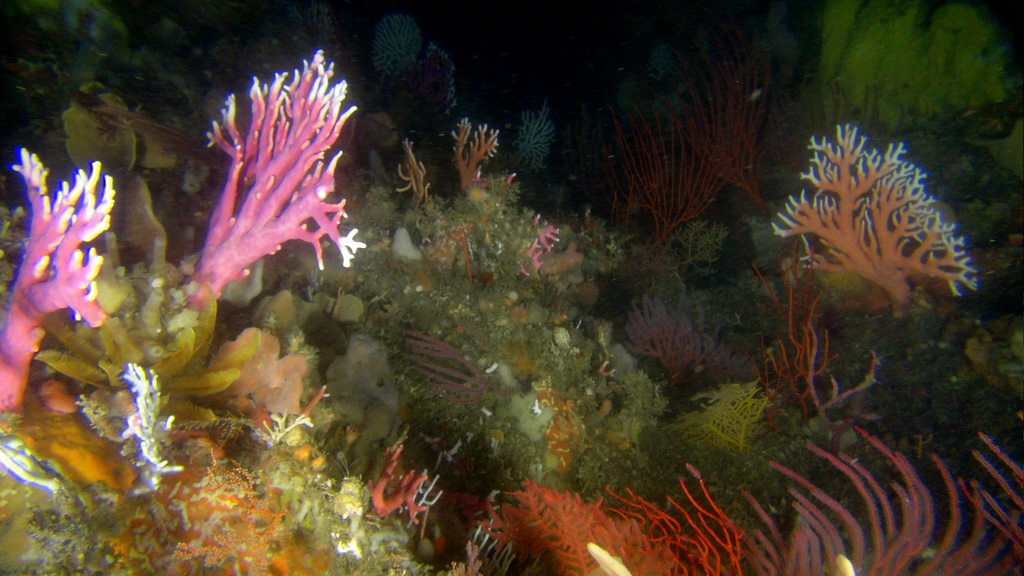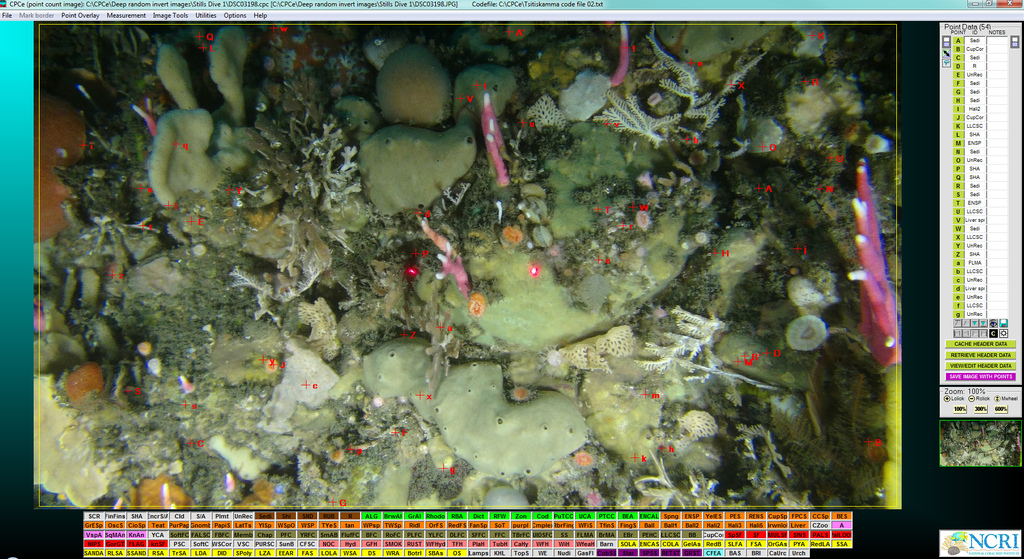Behind the science:
Depth-related distribution patterns of subtidal macrobenthos in a w...
2017, September 21
Posted by Veronica Radice
Fields
Community structure
Biodiversity
Management and Conservation
Focusgroups
Overall benthic (groups)
Locations
South Africa
Platforms
Remotely Operated Vehicle (ROV)
SCUBA (open-circuit or unspecified)
“Depth-related distribution patterns of subtidal macrobenthos in a well-established MPA”
Behind the science with: Elodie Heyns
What was the most challenging aspect of your study (can be anything from field, lab to analysis)?
The hardest part was sampling in rough seas and feeling very sea sick. I would wake up in the mornings thinking I should have chosen to do research on estuaries. But looking back now, it was all worth it.
What was the most memorable moment in undertaking this study?
Once we were collecting physico-chem data and were waiting for the anchor to set. The next moment the whole boat swung around and we thought, wow, this anchor is seriously hooked! Turned out that our anchor rope got caught in a whale fin and the whale was dragging us! Luckily the rope got unstuck quite quickly and everyone including the whale was fine.
What was your favorite research site in this study and why?
The Middle Bank pinnacle. Very high profile reef with some beautiful and diverse macrobenthos.
Other than your co-authors, with whom would you like to share credit for this work?
There are many people that helped in the field, without them I would not be able to have conducted the work. To mention a few; Ryan Palmer, Koos Smith, Bruce Donovan, and Kyle Smith.
Any important lessons learned (through mistakes, experience or methodological advances)?
Subsequent to this research we have developed a 'jump camera' system. This system allows for the collection of photoquadrats without the use of divers or expensive equipment such as ROVs.
Can we expect any follow-up on this work?
This featured research from part of a wider project. We have recently published a paper that used the habitat types identified in the featured research to predict fish assemblage structure (Heyns-Veale et al. 2016 Depth and habitat determine community structure of South Africa's warm temperate reef fish. Marine Biology 163:1-17). Currently we are working on comparing the trophic structure of the shallow and deep reef communities through Fatty Acid and Stable Isotope analyses.
Featured article:
|
|
Depth-related distribution patterns of subtidal macrobenthos in a well-established marine protected area | article Heyns ER, Bernard ATF, Richoux NB, Götz A (2016) Mar Biol |
|

